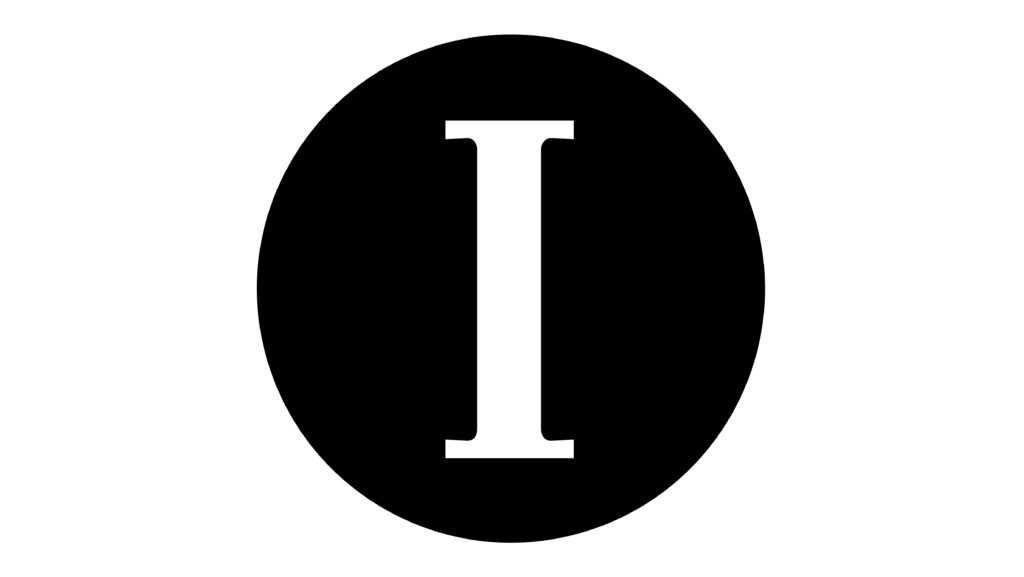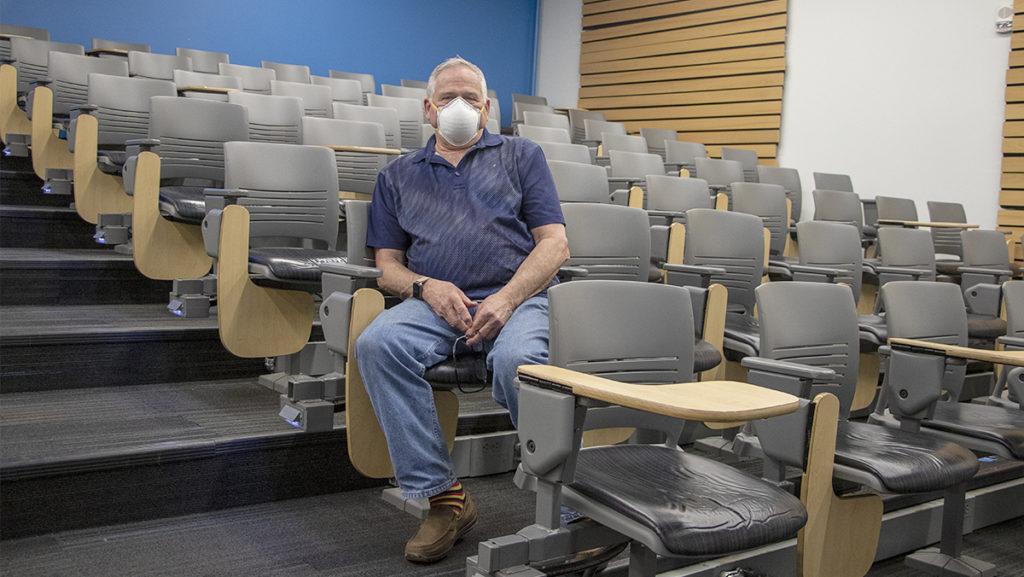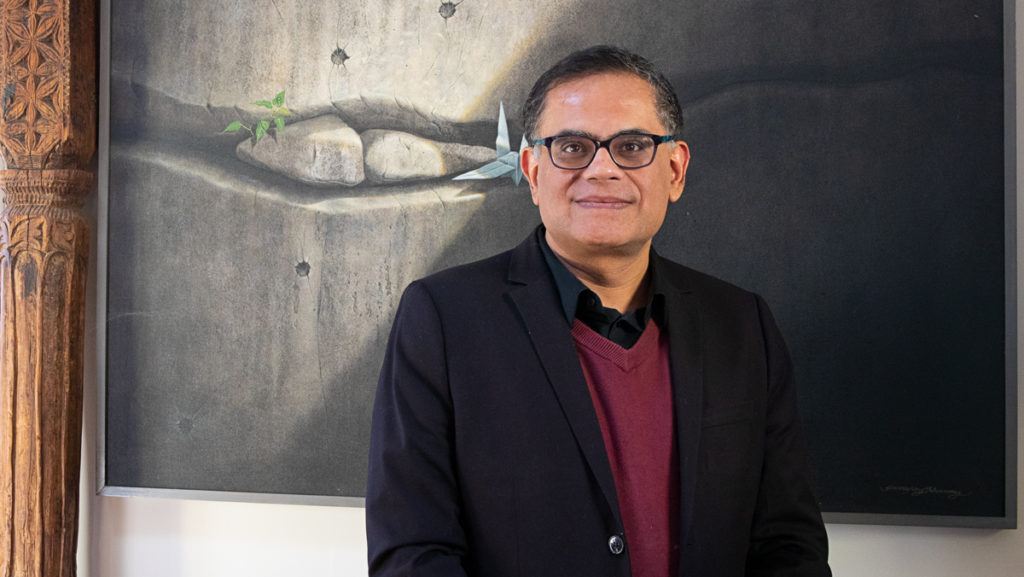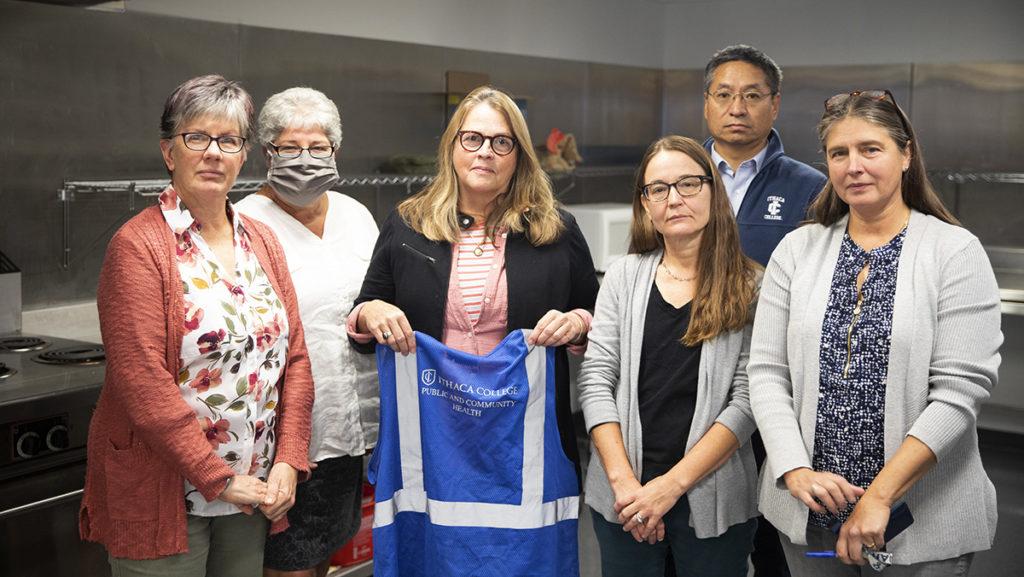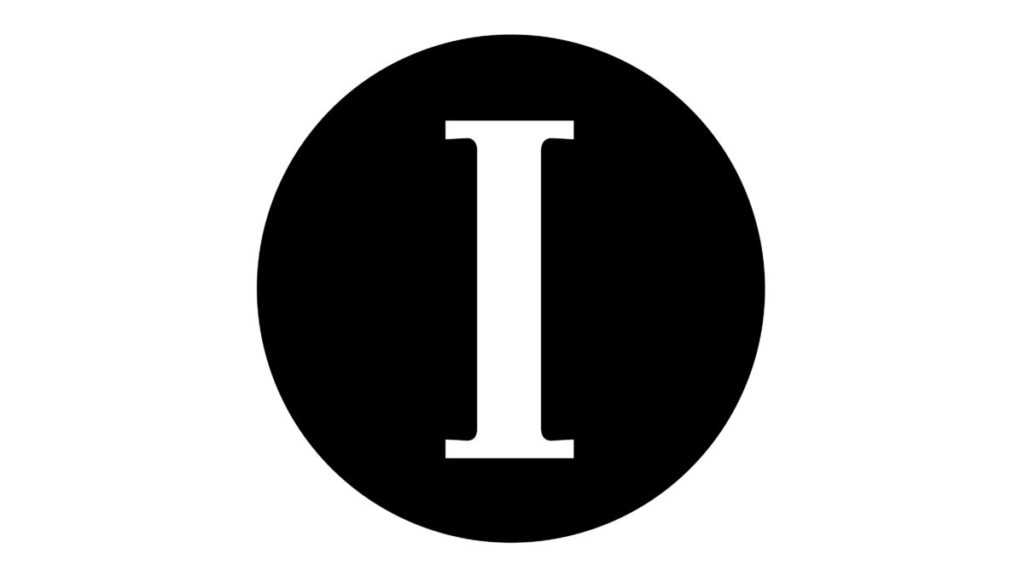PROCESS:
Following the release of APPIC’s “Shape of the College” draft, departments, curriculum committees, and academic policies committees were invited to provide feedback. Honoring our institutional commitment to inclusion, and having been told that not all departments on campus had opportunities for ample discussion, Faculty Council conducted a survey in order to identify what percentage of faculty are persuaded of the appropriateness of the “Shape of the College” recommendations, and to ascertain whether the draft has the faculty buy-in necessary to be successfully implemented.
The survey ran from February 2nd to February 10th. Faculty were invited to indicate whether they support or oppose the draft as a whole, and to submit written feedback. Below, we offer an overview of the survey’s findings, and our own conclusions as the Faculty Council Executive Committee for Faculty Council.
RESULTS AND SUMMARY:
319 faculty participated in the survey. Of those, 71 faculty indicated that they support the recommendations (22%); 248 faculty indicated that they oppose the recommendations (78%).
The most frequently repeated comment offered by faculty who participated in the survey is that the community should be provided with a rationale for the specific cuts; lacking that, they are unsure what the broader strategic thinking is behind the plan. Many are not convinced that the APPIC recommendations are, in fact, strategic. As an example, one faculty member noted: “I had truly believed that ‘academic prioritization’ and the concept of ‘don’t waste a crisis’ were meant in earnest and that the pain of the layoffs would also allow for new curricular opportunities… this report suggests a simple… irreparable… weakening of the college.”
Numerous faculty members stated that the recommendations are taking on too much at once, in too compressed a period of time. Many wished to see the process slowed down so that the college community could explore alternative paths and study how the recommendations will impact the curriculum. “Curricular redesign,” one faculty member noted, will be a significant investment of faculty resources. “Faculty who remain will bear a significant burden of [that] labor.”
Many of those who responded stated that the APPIC process was not inclusive or in line with the principles of shared governance. In particular, faculty felt that the recommendations essentially mandate curricular changes, without faculty input. Some who had been involved in the early APP process expressed frustration at seeing little evidence of their work in the recommendations. One faculty member noted: “I would love to see a deeper and more frank, open discussion that includes students and affected faculty… It feels like there is a disconnect between the people ‘on the ground’ and SLT, and I am hopeful that the gap can be bridged, and the rifts… can be repaired.”
Faculty noted too that the relationship between the “Shape of the College” draft and Ithaca College’s mission and vision is unclear, with some asking: What will IC look like when these cuts are made? How are the cuts specifically tied to IC Forever? Some faculty also saw a lack of economic analysis and financial transparency regarding the reasons for and impact of each recommendation. Many continue to express a desire to more fully understand the choice of 5000 as the size of the student body, which is the clear driver of revenue and, therefore, the overall economic position of the college.
Some offered specific suggestions for alternative paths, asking that the timing of the pandemic be taken into account when terminating faculty; that re-hiring practices be adopted should the college’s position change; and that the objectives of subsequent phases and their timelines be made available.
Several faculty members expressed support for the recommendations, with one faculty member noting: “I support the proposal not because I think it’s perfect, but because it is our best option for long-term stability,” and tells those who think otherwise to “WAKE UP.” Others remarked that they had already provided feedback in other venues, and thus were not providing more here.
Finally, at least one faculty member provided feedback on the Faculty Council survey itself, noting that it would be dangerous to assume that these results speak for all faculty. Specifically, Faculty Council Executive Committee was asked to present the survey findings with the utmost care.
CONCLUSIONS:
Our goal in conducting this survey was to provide the senior leadership with a summary of the faculty response to the APPIC recommendations, recognizing that this survey is far from scientific and does not capture all faculty voices. Some chose not to fill it out at all and those who support the recommendations were less likely to add a comment in the text box. Nevertheless, we think that what the survey does capture is important to hear, as faculty buy-in will be essential for the work that must be done in the coming years to adjust to and implement these many changes.
There was no possibility, of course, that a process of downsizing could happen without pain. But faculty are asking searching questions that go beyond the predictable sadness, and it would benefit us all to hear them answered. We have learned that large numbers of faculty remain unconvinced that the APPIC process has been inclusive of faculty voices, or strategically driven by curricular need. Many remain puzzled about the basis for the undergraduate target number of 5000, and question whether the College can make clear-sighted decisions about its appropriate long-term size at a moment when the picture is clouded by COVID. Ethical concerns have been raised about the termination of many long-term, dedicated faculty and staff in a dire economic moment. And many see the reductions as untethered to a clearly articulated vision for Ithaca College. (We recognize that the reductions aim to make the college financially sustainable, but that in itself is not a vision.)
The FCEC urges the SLT to do everything in its power to address these questions and concerns—openly, directly and, ideally, in venues where give-and-take is possible—so that we can move past this moment of great strife and come together as a community that is collectively focused on providing the best possible educational experience for our students.
Chris McNamara, Chair
Jason Freitag, Vice Chair
Claire Gleitman, Secretary
Diane Birr, Faculty Council Representative to APC
Chrissy Guest, Member-at-Large
Raul Palma, Member-at-Large


